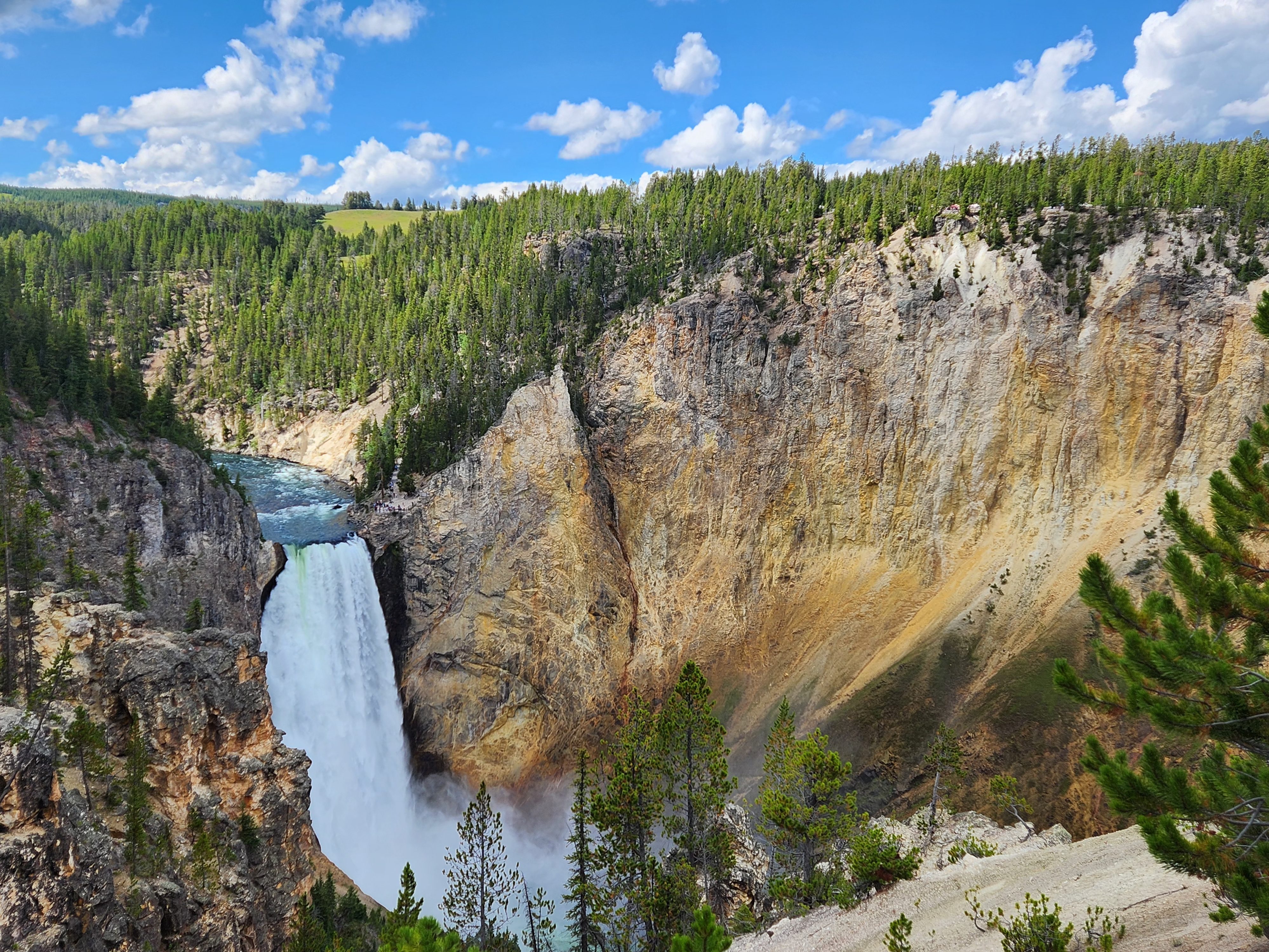
When I did my previous post on Fort Parker State Park, I indicated that when I got the chance to get momma to the old fort I would. Well, here we are on the way home from Mineral Wells. It was a bit out of the way, but we are here.
Old Fort Parker is a recreated model of the Parker’s Fort of Texas History. It is a privately run affair but desperately needs state help.
There is some discussion as to if this is the original site. The spring is there, or a spring is there but many believe the original fort’s location is lost forever under the water of Fort Parker State Park Lake. Anyway, these folks are putting on a good show. But they are showing their years and the fort is falling into disrepair. The original reproduction fort was erected by the CCC in the thirties.
Once this model fort fell into disrepair it was rebuilt once again in 1967 using cedar logs harvested at Buescher State Park.

Why even bother you might say. It wasn’t a military fort it was a private fort. But here an important event occurred in Texas history. The Parker’s came to Texas in 1833 and built the fort on the frontier as protection from the Indians. One morning in 1836 several hundred Kiowa and Comanche warriors showed up at the fort carrying a white flag asking for beef, water and a place to camp. Most of the men were out working in nearby fields. Only five adult men were at the fort. Benjamin Parker bought time for the women and children to flee by negotiating with the Indians. The Indians massacred or captured all the occupants except the few who got out a small gate near the back of the fort leading to the spring and hid in the woods. The most famous of the captives was Cynthia Ann Parker a nine-year-old girl.

Cynthia Ann Parker ended up staying with the Comanches well into adulthood. She married Peta Nocona chief of the Kwahadi tribe of the Comanches. Her son Quanah Parker was the last war chief of the Comanches. Quanah eventually led his people to the Fort Sill reservation after the devastating Red River War between the Comanches and U.S. Troops under General Ranald McKenzie which ended in Palo Duro Canyon when McKenzie’s troops massacred 1500 of the Comanche’s horses. This left the majority of the tribe on foot and unable to mount another major battle. Although not elected as chief of the whole tribe the government named Quanah chief and he spoke often for the Indians before the US Congress.
Quanah became a wealthy rancher and gave generously to his people. He is buried at Fort Sill, Oklahoma.


Things are becoming overgrown here that’s why I say these folks need state help. The fort and story would be much more meaningful with a guided tour and some additional explanation that doesn’t appear on the signs about the place.
It was a bit disappointing just walking around reading story boards.
Fort Parker does do some events throughout the year the biggest being Christmas at the fort.
